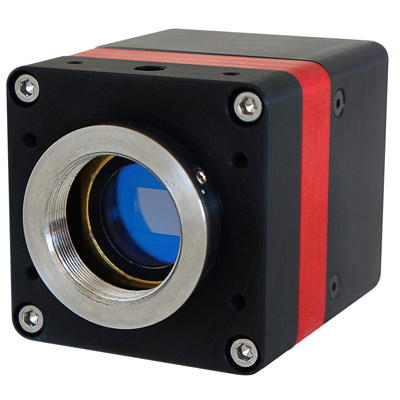

Measurements with an USAF target show that a resolution better than 4 µm is achieved (1/25 of the core size). A modified Zeiss Axiovert 10 with a 4x/0.1 microscope objective lens is used for the investigation of the individual fibers. Two different microscopes have been used for the measurements.
The center line is determined by linear regression. Inspected geometrical parameters of the array assemblies. However, compared to mirror based homogenizers there is the advantage, that partial depolarization of the incoming light is achieved. This includes the accuracy in manufacturing and positioning of the fibers, broadening of the light cone (focal ratio degradation: FRD) due to the non-perfection of the fibers and energy losses. The measurements have been performed at 770 nm (NIR) and 1620 nm (SWIR).īy using fibers, problems are introduced which have also been examined. The arrays with rectangular cores consist of 80 cores and the arrays with square cores of 240 cores. The arrays are stacked fibers with the same geometry and a length of 2 cm and 4 cm. The single fibers have silica cores and a size of 100x100 µm and 300x100 µm with a length of 10 cm, 1 m and 10 m each. The investigated devices have been manufactured by CeramOptec. We performed measurements to determine the homogenization behavior of different fiber arrangements and geometries under different conditions. To prevent this, fiber-based slit devices can be used to homogenize the light distribution in front of the entrance slit for each pixel column. As a result, the spectrum is shifted and the determination of the gas concentration becomes inaccurate 2, 3. Subpixel inhomogeneities of the light intensity in the input image of the spectrometer - as in the case of a transition from water to soil - lead to a change in the instruments spectral response function (ISRF). The accuracy requirements for the spectral measurements are very high.

A two dimensional map can be generated with the line set across the direction of movement of the satellite 1, 4. Typically, a push-broom grating spectrometer concept is used in which a line on the earth’s surface is imaged on the spectrometers entrance slit and analyzed spatially in one dimension. The concept is to spectrally analyze the solar rays scattered at the earth’s surface. In order to measure the spatial distribution of anthropogenic greenhouse gases in the air, satellite-based instruments can be used. Furthermore, a setup and measurement results concerning the focal ratio degradation of the fibers are presented. Additionally, the geometric characteristics and the depolarization effect of the fibers are investigated for a homogeneous input scene. The design, realization and characterization of the measurement breadboard as well as near field homogenization results for different input scenes and polarizations are shown. Remaining variations due to unwanted interferences at the imager are removed by controlled movement of the sensor with an automated micro positioning stage in combination with image processing. Speckle noise has to be reduced to a very low level, which is achieved using a fixed diffusor in combination with a rotating diffusor and a tunable (wavelength) laser as well as temporal averaging.

This leads to the characterization requirement for temporal coherence and spatial incoherence. The devices are to be tested for use in a satellite-based spectrometer for spatial monitoring of anthropogenic greenhouse gases. In this contribution, an approach for the characterization of various fiber-based slit homogenizer devices in the NIR and SWIR is shown.


 0 kommentar(er)
0 kommentar(er)
